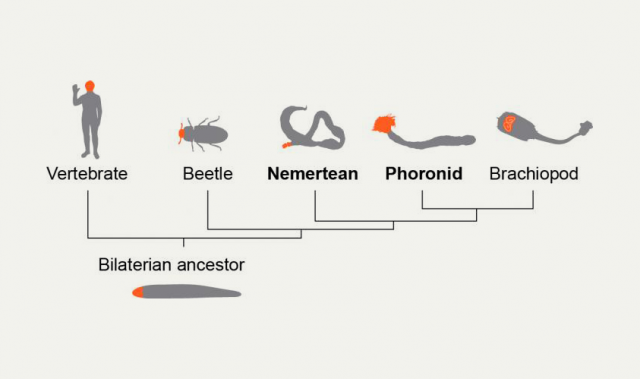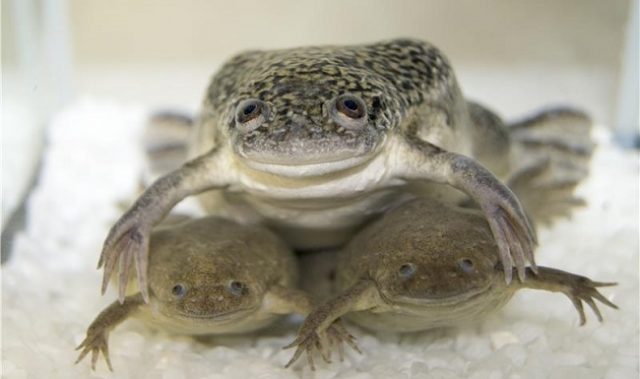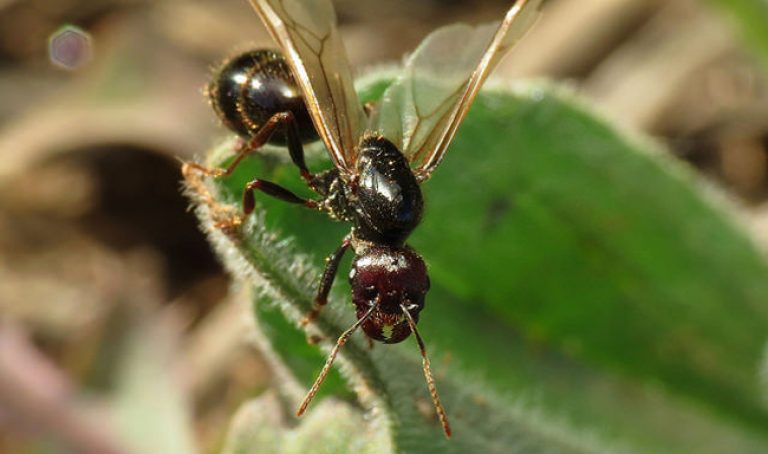
AsianScientist (Nov. 30, 2018) – Gene regulation was key to the development of backbones, according to research by scientists in Japan. They published their findings in Nature.
Scientists once thought that humans must have two million genes to account for all our complexity. But since the human genome was sequenced, only 19,000 to 25,000 genes have been found—not many more than the number of genes in a common roundworm.
In this study, researchers at the Okinawa Institute of Science and Technology (OIST), Japan, have found evidence suggesting that humans and other vertebrates gained their unique attributes not from sheer number of genes, but from how they regulate the genes they have. The researchers studied the lancelet, an organism that shares a similar body plan to vertebrates—creatures with a spinal chord—but lacks features such as a head, eyes and limbs.
“If you really want to understand what makes vertebrates, mammals and humans special, you need to have this basis to compare them, evolutionarily,” said Dr. Ferdinand Marlétaz of OIST, co-first author of the study.
The researchers found that the lancelet genome contains far fewer regulatory regions than vertebrate genomes, although both contain about the same number of genes. They also discovered a regulatory mechanism in lancelets that was formerly thought to be unique to vertebrates—DNA methylation.
Chemical structures known as methyl groups appear in abundance on vertebrate genomes and regulate the genes they’re attached to. During development, vertebrates lose many methyl groups and thus alter their gene regulation. Although few methyl groups adorn lancelet genomes, the findings from this study suggest that lancelets also regulate their gene expression by shedding methyl groups at specific regions in their genomes. These results indicate that demethylation, as a means of gene regulation, appeared earlier in the evolutionary timeline of vertebrates.
“We need more of these types of studies to understand what the main differences are in terms of gene regulation in different animals. Even now, we still know surprisingly little,” said Marlétaz.
The researchers are now studying squids, which share many complex characteristics with vertebrates, such as eyes and large brains, and represent another step along the evolutionary timeline.
The article can be found at: Marlétaz et al. (2018) Amphioxus Functional Genomics and the Origins of Vertebrate Gene Regulation.
———
Source: Okinawa Institute of Science and Technology Graduate University; Photo: Vincent Moncorgé.
Disclaimer: This article does not necessarily reflect the views of AsianScientist or its staff.












